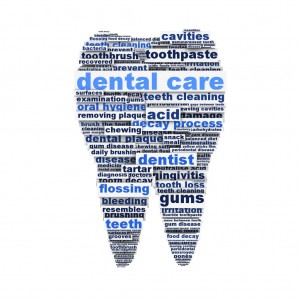Seven Common Questions Parents Have About Orthodontic Treatment
March 12th, 2021
Today, nearly four million children in the United States and Canada are receiving treatment from members of the American Association of Orthodontists (AAO). And while parents know that orthodontic treatment results in a healthy, beautiful smile, many don’t realize the important long-term health benefits.
As part of its commitment to education, the AAO provides parents with this list of answers to commonly asked questions about orthodontic care.
1. Why is orthodontic treatment important?
A: Straight teeth and properly aligned jaws contribute to good dental health as well as overall physical health. Orthodontic treatment can boost a person’s self-image as teeth, lips and jaws move into position and improve appearance.
2. How do parents know if their child needs orthodontic treatment?
A: The best way is to visit an orthodontist. The AAO recommends that all children get a check-up with an orthodontist no later than age seven.
3. What if my child still has baby teeth at age seven? Should they still see an orthodontist?
A: Yes. By age 7, enough permanent teeth have arrived for orthodontists to evaluate how the teeth and jaws meet, and to identify current or developing problems. If a problem is detected, the orthodontist and parents can discuss when treatment may be necessary.
4. How does a child’s growth affect orthodontic treatment?
A: Treatment and growth often compliment each other. In some cases, the orthodontist takes advantage of a child’s growth to guide jaws and teeth into their ideal positions.
5. How often do you visit your orthodontist while in orthodontic treatment?
A: Typically a child will see the orthodontist every 6-12 weeks throughout the course of treatment.
6. If you currently don’t have an orthodontist, what is the best way to find someone to treat orthodontic problems?
A: To find an orthodontist near you, ask for a referral from your family dentist, your pediatrician or your child’s school nurse. Or you can visit www.braces.org and click on the Find an Orthodontist service. It is important to choose an orthodontist who is a member of the AAO. Orthodontists receive an additional two to three years of specialized education beyond dental school to learn the proper way to align and straighten teeth. Only those with this formal education may call themselves “orthodontists,” and only orthodontists may be members of the AAO.
7. What is the average cost of orthodontic treatment?
A: Fees will vary, depending on the treatment needed. Most orthodontists offer convenient payment plans, making treatment more affordable than ever. Most orthodontists will work with you to find a plan that fits your family budget. In addition, many patients have dental insurance that includes orthodontic benefits. Check with your employer’s human resources department to learn about your coverage.











